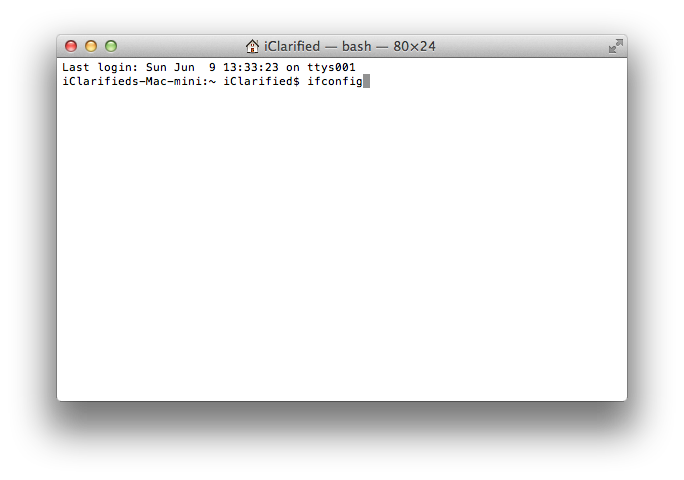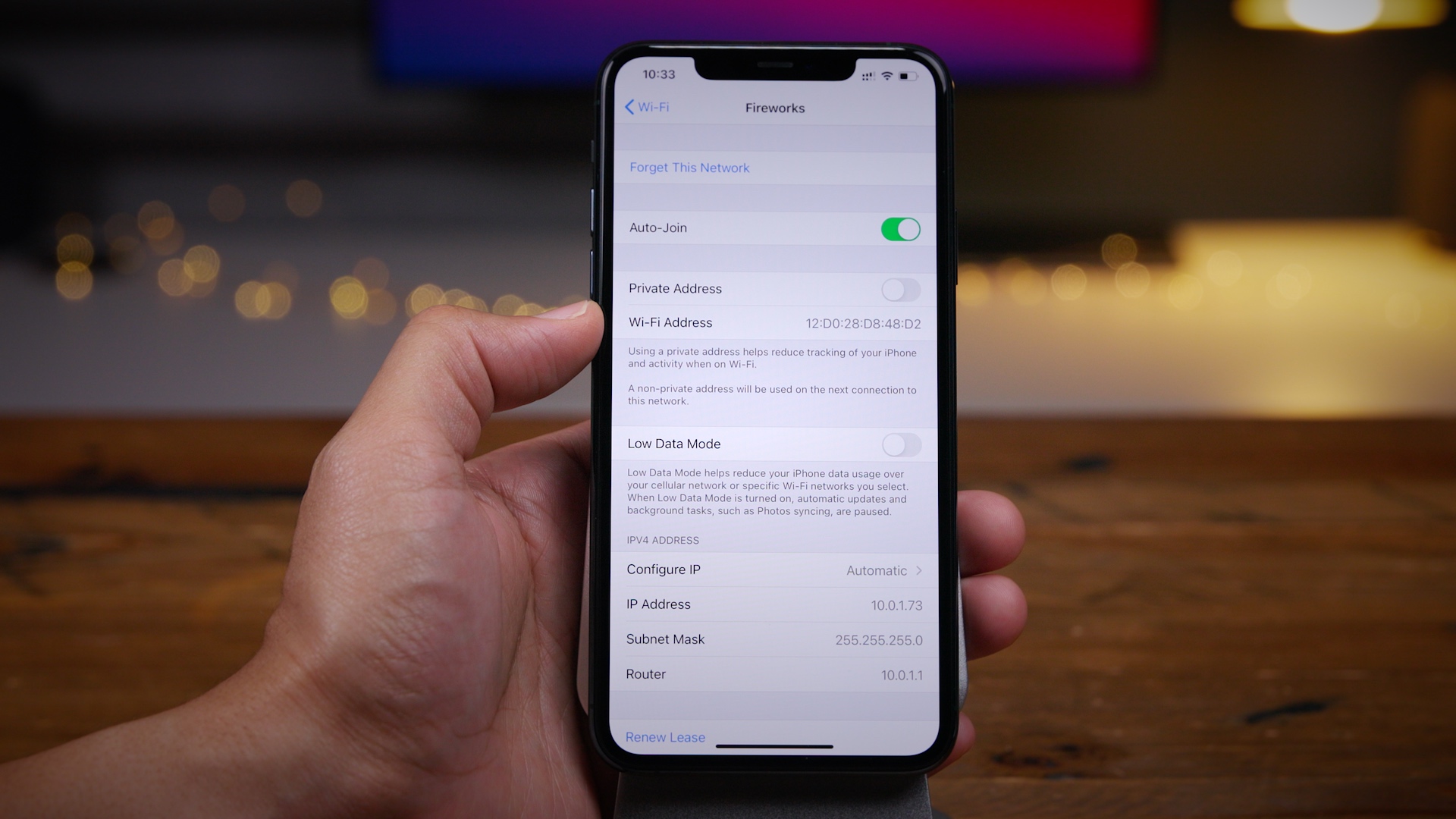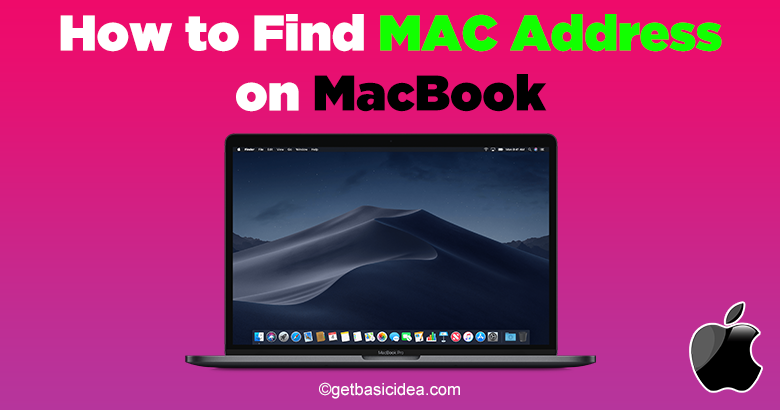

Simply replace it with a working one and you’ll be good to go. If this works, then you now know that the power cable or adapted was the problem all along. You can check this by using a different power cable or adapted to charge your Mac. If it won’t charge even after leaving it for some time, the issue might lie on the power cable or adapter that you’re using. Use a different power cable or adapter.Let it charge for some time and try turning it on again.

It’s possible that your Mac might not be plugged in correctly and its battery is already depleted. One of these is to check that your Mac is properly connected to power. So now that you’ve confirmed that your Mac is indeed not turning on, there are some obvious things that you should check first before delving into more complicated solutions.
Check if your Mac is connected to power. Do you hear any sounds or drive noise? Are there any visuals showing up on your display? If your answer is no to both questions, then your Mac isn’t turning on at all to even reach the startup stage. To check, press the Power button located on the upper right-most corner of your Mac keyboard. Check if the issue is not turning on or not starting up.Īre you sure that your MacBook Pro won’t turn on or it just won’t startup? Believe it or not, there is a difference between the two. MacBook Pro Won’t Turn on Charge? Here are some things you can do. Here are some fixes that you can try if you ever find yourself in this situation. Some of these reasons might actually be really obvious and simple to solve. When all the parameters are displayed, locate and write down the MAC address.Are you currently panicking because your MacBook Pro won’t turn on? What if you’re almost out of power juice and you find that your MacBook Pro won’t charge? There are several reasons why your MacBook Pro won’t turn on or charge, so don’t panic. Type the following command: /sbin/ifconfig (on some distributions, just ifconfig). It will look something like the following: 00:0B:4D:2F:62:7A The number next to Ethernet ID is you MAC Address. Click on Advanced from the lower right.  Select Ethernet from the left hand side. From the dock, select System Preferences. It may also be listed as "Hardware Address" or "Physical Address." It will look something like the following: 00 0B 4D 2F 62 7Aįor Macintosh (OS 10.5 and higher) Systems Write down the MAC Address for your adapter. The MAC Address and other parameters will be displayed in the DOS window. At the prompt, type the following: ipconfig /all. This number is often imprinted on the network card however, you may query your computer for the number, using one of the following methods: The Ethernet MAC Address is a unique identifier for network cards, of the form 05-A8-34-C3-67-B4 or 05A8342367B4 (6 pairs of digits and characters in the range A-F, which might or might not be separated by hyphens).
Select Ethernet from the left hand side. From the dock, select System Preferences. It may also be listed as "Hardware Address" or "Physical Address." It will look something like the following: 00 0B 4D 2F 62 7Aįor Macintosh (OS 10.5 and higher) Systems Write down the MAC Address for your adapter. The MAC Address and other parameters will be displayed in the DOS window. At the prompt, type the following: ipconfig /all. This number is often imprinted on the network card however, you may query your computer for the number, using one of the following methods: The Ethernet MAC Address is a unique identifier for network cards, of the form 05-A8-34-C3-67-B4 or 05A8342367B4 (6 pairs of digits and characters in the range A-F, which might or might not be separated by hyphens).







 0 kommentar(er)
0 kommentar(er)
